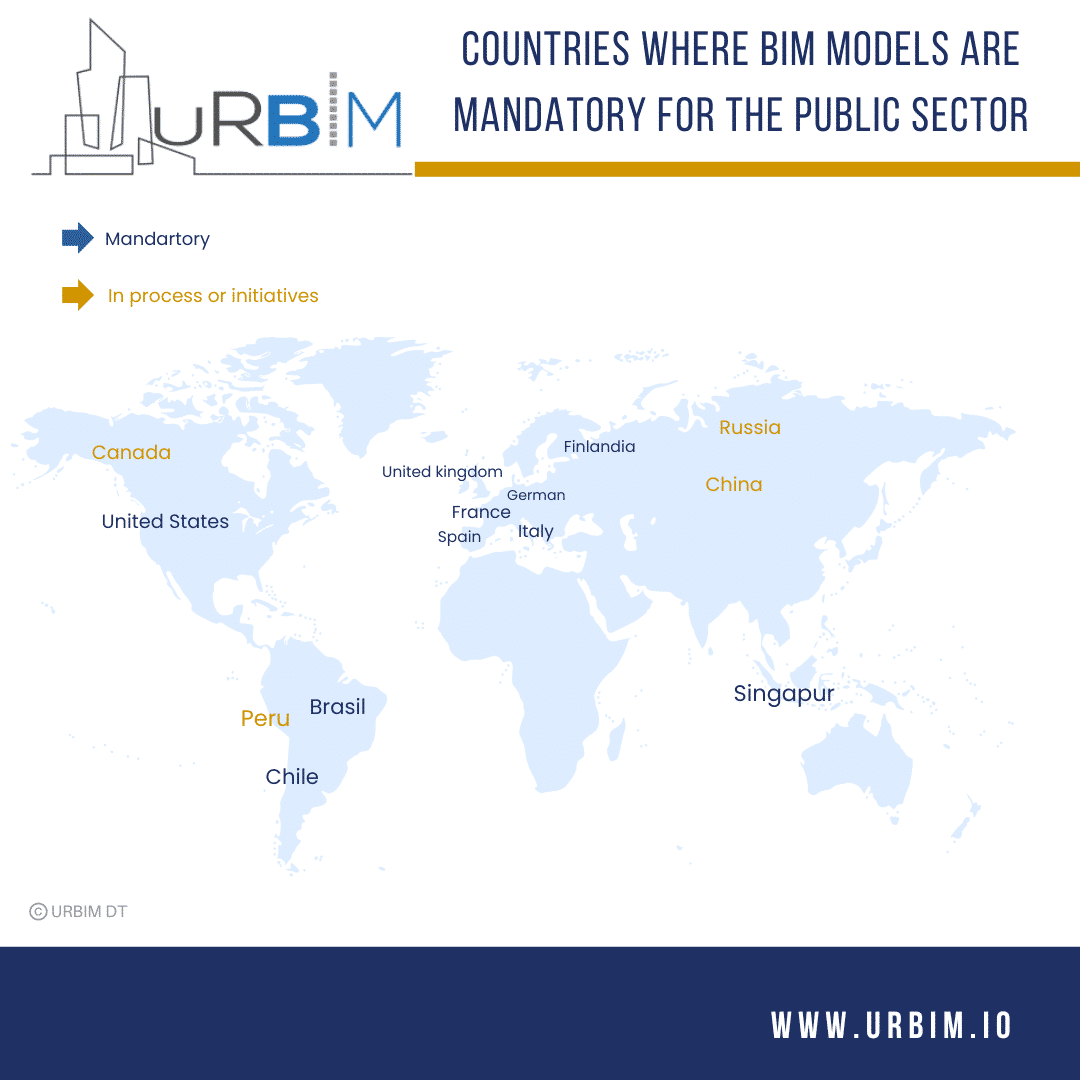More and more governments are taking notice of the countless advantages of BIM technology for asset and equipment control and management and adopting it as a required part of infrastructure projects.
The speed of technology is leading to changes and new ways of working for all industries and sectors. The BIM world, as part of that innovation, has brought more than just software, it is a new perspective and teamwork methodology, with great and innumerable benefits for the planning, design, and management of any project.
For the public sector, there are great benefits that are integrated with this methodology, since it allows to have control and efficient planning of large and small infrastructure projects and/or public assets. A clear attraction for transparent competitiveness with much more efficient and sustainable projects under a collaborative ecosystem, which foresees a reduction of costs and time.
These benefits have been captured by the countries that are now benchmarks and pioneers in the development of BIM models. In the European case, according to the BIM inter-ministerial commission in Spain; “United Kingdom, Germany, France have been global drivers, establishing mandatory national public strategies and regulations for the use of BIM and have given a great investment and space to all companies that innovate in this area”.
- In the UK there is a mandatory mandate for its use and its regulatory body is “Centre for Digital Built Britain” (CDBB) (Britain, 2020), which, was a partnership between the Department for Business, Energy and Industrial Strategy (BEIS) and the University of Cambridge.
- France regulates the mandatory use of BIM models under a public strategy promoted by the “Ministry of Territorial Cohesion” (Ministère de la Cohésion des Territoires) (Territoires, 2022), where they control the exchange of information and the BIM development of the construction industry.
- Similarly, Germany has a model with public-private strategies regulated by the “Federal Ministry of Transport and Digital Infrastructure” (Bundesministerium für Verkehr und Digitale Infrastruktur) with the document “Stufenplan Digitales Planen und Bauen”, for the standardization of all BIM processes.
Countries such as Russia, Spain, the United States, and Chile, among others, also have major initiatives for the standardization of rules for its use, which are increasingly promoting the importance of BIM in the public sector.
It is notorious how the use of BIM models is taking giant steps in its incorporation in the public and private sector globally, having a constant growth towards innovation, in all industries forming more and more sustainable communities.






